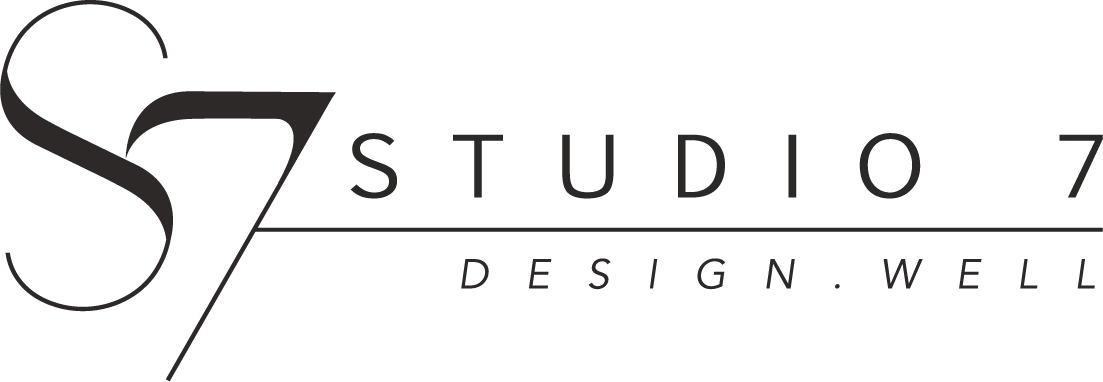SUSTAINABLE DESIGN CONTINUES TO ASCEND IN 2019
Sustainability has become a key way in which buildings are both created and operated. It refers not only to the structure, but how that facility is structured. Certifications for green building like LEED and WELL are on the rise—57% of building owners plan to make the majority of their projects green by 2021, according to the USGBC’s World Green Building Trends SmartMarket Report.
In addition, two-thirds of the survey participants reported that using a rating system such as LEED allows them to create a better-performing building.
Businesses benefit when buildings are built better—operating costs decrease, there’s shorter payback periods and asset values can increase. It’s important to note that healthier indoor environments are just as much of a motivator for sustainable building, too.
As Lynn Brotman, associate principal of Svigals + Partners, points out: “The basic principles of green building are well-known, but it is essential to consider the occupant’s full experience of the space while specifying products, materials and systems.”
Exteriors, interiors and the products that fill the spaces are all finding ways to be more sustainable—from incorporating living plants and increasing natural daylight to utilizing zero-VOC materials and reusing original structures, companies are rapidly reassessing the materials and processes behind their work.
Courtesy of Sally Painter
Large planters and natural materials lead into the office of Sightbox, a vision care and contact lens provider.
Indoor plants are amply provided in the space to bring a little nature indoors, explain Jamie Willemse, owner of Studio 7 Design and Allyson Strowbridge, owner and principal of ctrl+shift+space.
The Portland office space makes extensive use of biophilic concepts to create a welcoming workspace.
Preserved moss panels and living plants surround the individual work zones in the customer success area and an adjacent collaboration space. Center columns are wrapped in birch bark wallpaper.
The customer success team’s workspaces also feature ceiling baffles made from 99% recycled materials to account for the acoustic requirements of the phone-based services the team provides.
